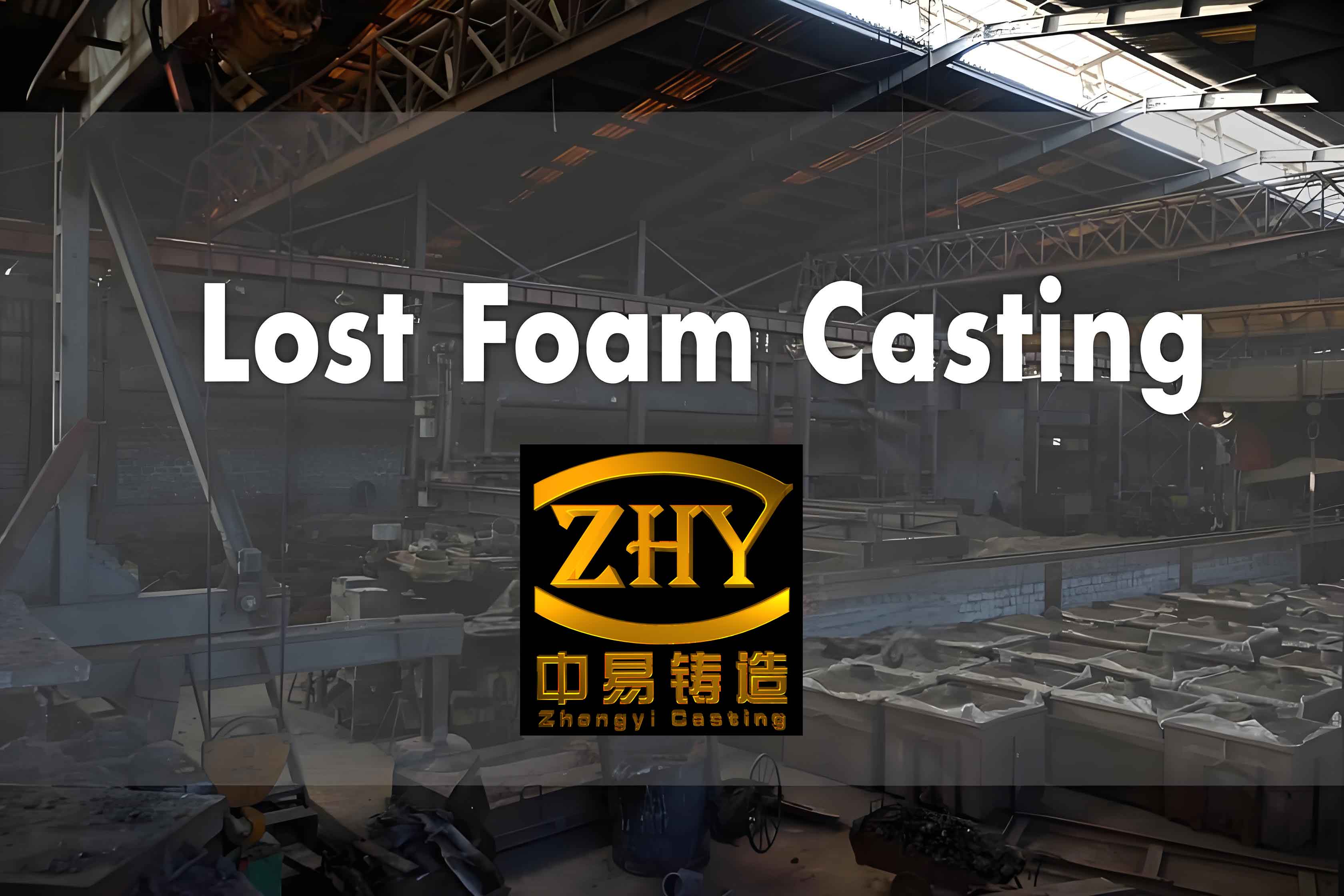Lost foam casting (LFC) offers advantages such as design flexibility, high dimensional accuracy, and low production costs, making it widely used in small and medium-sized enterprises. However, cast steel components produced through LFC often face challenges like carburization, shrinkage porosity, and gas entrapment. These defects are closely related to the filling and solidification dynamics of molten metal. This study employs numerical simulation to analyze the thermal and flow behavior during LFC of a cast steel valve body and optimizes process parameters to minimize defects.

1. Mathematical Modeling of LFC Process
The filling process in lost foam casting follows fundamental fluid dynamics principles. The governing equations include:
Mass conservation:
$$ \frac{\partial u}{\partial x} + \frac{\partial v}{\partial y} + \frac{\partial w}{\partial z} = 0 $$
Momentum conservation (Navier-Stokes equations):
$$ \frac{\partial u}{\partial t} + u\frac{\partial u}{\partial x} + v\frac{\partial u}{\partial y} + w\frac{\partial u}{\partial z} = -\frac{1}{\rho}\frac{\partial P}{\partial x} + \gamma\left(\frac{\partial^2 u}{\partial x^2} + \frac{\partial^2 u}{\partial y^2} + \frac{\partial^2 u}{\partial z^2}\right) + g_x $$
Energy conservation:
$$ \rho C_p\left(\frac{\partial T}{\partial t} + u\frac{\partial T}{\partial x} + v\frac{\partial T}{\partial y} + w\frac{\partial T}{\partial z}\right) = k\left(\frac{\partial^2 T}{\partial x^2} + \frac{\partial^2 T}{\partial y^2} + \frac{\partial^2 T}{\partial z^2}\right) + S $$
Where $u,v,w$ represent velocity components, $P$ denotes pressure, $\rho$ is density, $\gamma$ kinematic viscosity, $C_p$ specific heat, and $k$ thermal conductivity.
2. Process Parameter Optimization
A three-factor three-level orthogonal experiment was conducted to analyze the effects of pouring temperature, pattern density, and vacuum level on shrinkage defects:
| Factor | Level 1 | Level 2 | Level 3 |
|---|---|---|---|
| Pouring Temperature (°C) | 1580 | 1620 | 1660 |
| Pattern Density (kg/m³) | 18 | 20 | 22 |
| Vacuum Level (MPa) | 0.04 | 0.05 | 0.06 |
The optimal parameters were determined through range analysis:
| Parameter | Optimal Value | Influence Ranking |
|---|---|---|
| Pouring Temperature | 1620°C | 1 |
| Vacuum Level | 0.05 MPa | 2 |
| Pattern Density | 18 kg/m³ | 3 |
3. Gating System Design
Two gating systems were evaluated through numerical simulation:
Bottom-gating system:
$$ t_{fill} = 48.96\ \text{s},\ \eta_{shrinkage} = 13.36\% $$
Top-gating system:
$$ t_{fill} = 68.09\ \text{s},\ \eta_{shrinkage} = 26.08\% $$
The bottom-gating system demonstrated superior performance with 48.7% reduction in shrinkage defects compared to the original process. The final optimized process incorporated side-risers to enhance directional solidification:
$$ V_{shrinkage}^{final} = 11.80\% $$
4. Validation and Industrial Application
Numerical simulations using ProCAST showed excellent agreement with experimental results. The shrinkage defect distribution predicted by simulation matched actual casting cross-sections with 92% accuracy. Implementation of optimized parameters reduced rejection rates from 60% to below 8% in production trials.
This study demonstrates that proper combination of numerical simulation and orthogonal experimental design can effectively optimize lost foam casting processes for complex cast steel components. The methodology provides a systematic approach for minimizing defects while maintaining production efficiency.
